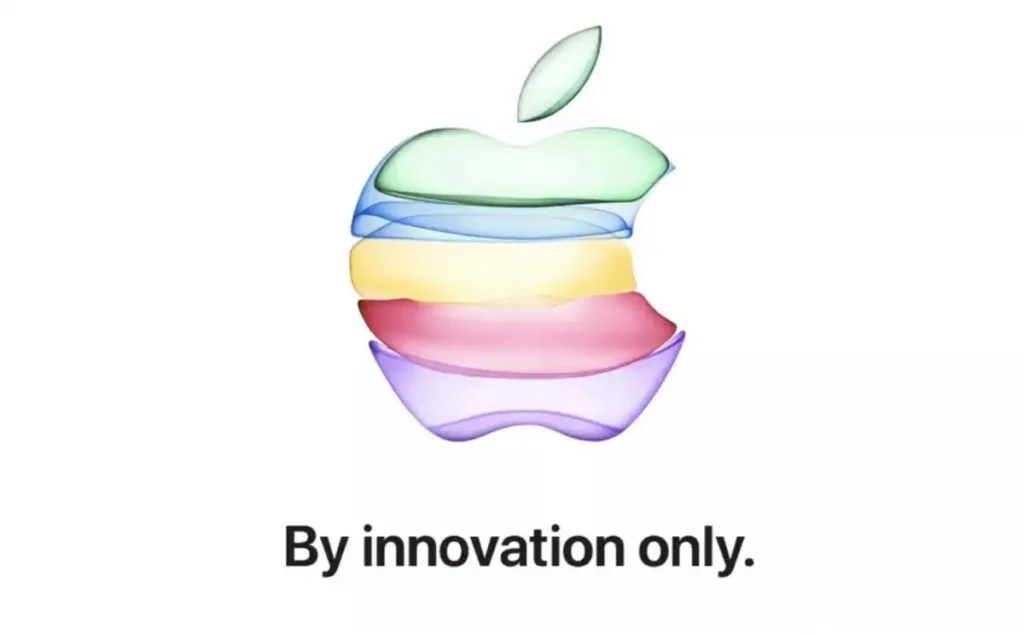
Apple once set the pace for smartphone innovation, releasing groundbreaking devices every two years. But those days seem to be behind us. How and why did Apple “slow down”?
In the early days of the iPhone, telecom operators pushed Apple to frequent updates, subsidizing device costs in exchange for two-year contracts. This strategy led to iconic models like the iPhone 3G and iPhone 4, which set new industry standards.
Until the mid-2010s, Apple stuck to a two-year redesign cycle. Each new iPhone generation brought noticeable changes in design, functionality, and performance. However, with the launch of the iPhone X in 2017, Apple shifted to a three-year cycle, and now, astonishingly, a five-year one.
Experts note that the iPhone 16, set for release in 2024, isn’t dramatically different from the 2020 iPhone 12. While there are improvements, like a faster processor, better battery life, and a new camera interface, it’s hard to call the iPhone 16 revolutionary.
Instead of radical innovations, Apple is now focusing on artificial intelligence, positioning “Apple Intelligence” as the main reason to buy the iPhone 16. However, this platform is still under development and doesn’t yet match up to competitors. Meanwhile, customers aren’t rushing to buy the latest model.
Some insiders, like Mark Gurman, link this innovation slowdown to the departure of legendary designer Jony Ive in 2019. It’s possible that we have yet to see a new Apple product that wasn’t influenced by his designs. Now, Ive is working with OpenAI to develop an AI gadget.
It’s unclear how long Apple can maintain strong sales by relying on incremental improvements. In a fiercely competitive smartphone market, the company needs to reclaim its reputation as an innovator to stay on top. The question remains—when will that happen?
